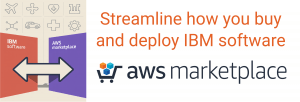Jira Align | The lean portfolio leader’s guide to capacity planning
Take a lean-agile approach to resource investment strategies
As organizations move from project–based, time–centric planning to focusing on product–oriented planning, they look to lean and agile practices to ensure they have the right people focused on the most important work. This assures that the organization will be able to deliver high–quality products to market, as quickly as possible, and realize the maximum return on its investments.
This shift from project to product delivery has a significant impact on resource and capacity planning. When teams are assigned to a specific value stream
– not a project, but an effort focused on continuous delivery of the features and enhancements that customers want – leaders want to make sure they’ve got the right allocation of skill sets, availability, and funding devoted to
that work.
Moreover, when agile teams mature, and especially when organizations adopt scaled agile practices such as SAFe™, the people on each team are responsible for determining who does the work and how they do it; they are self-organizing. This changes the way formerly top–down, project–oriented organizations decide how to analyze work and skill demand, current and future capacity, and overall resource planning. It especially changes the
role of the portfolio, IT, and engineering leaders from a command–and–control approach to guiding fully–resourced teams and removing any obstacles
that impede success.
Jira Align | Program Management Wizardry
Maximizing the effectiveness of product and software development while maintaining strict regulatory and safety standards requires a holistic view across the entire product lifecycle.
The IBM Engineering Lifecycle Management (ELM) suite provides a strong foundation for transparency across engineering data with an end-to-end view of product and software development.
Read the White Paper to learn more.

